Why we’re running it: To see if a bright future lies ahead for the Smart brand reinvented under Geely
Month 1 - Specs
Life with a Smart #1: Month 1
Welcoming the #1 to the fleet -
Here's something I bet you never expected in Autocar: a magic trick. I'm going to say a word and then tell you what you saw in your mind's eye. Ready? Smart. Now, if you say you didn't see a quirky two-seater, I know you're lying.
The point I'm trying to make isn't that I should have reinvented myself as The Wondrous Wilberforce but that the public perception of the Smart brand is set in stone.
So when it unveiled the bulbous Concept #1 (pronounced hashtag one', regrettably) at the Munich motor show in 2021, it took us all a bit by surprise.
Yes, it had gone off-piste before - creating a roadster and modifying a Mitsubishi Colt to create a four-seat supermini-but never to such an extent.
With a stylish look that showed its Mercedes-Benz design studio origins, this electric crossover was certainly eye-catching. The question was whether Smart could keep it that way for production. Well, the car you see here is the result: welcome to Smart 2.0.
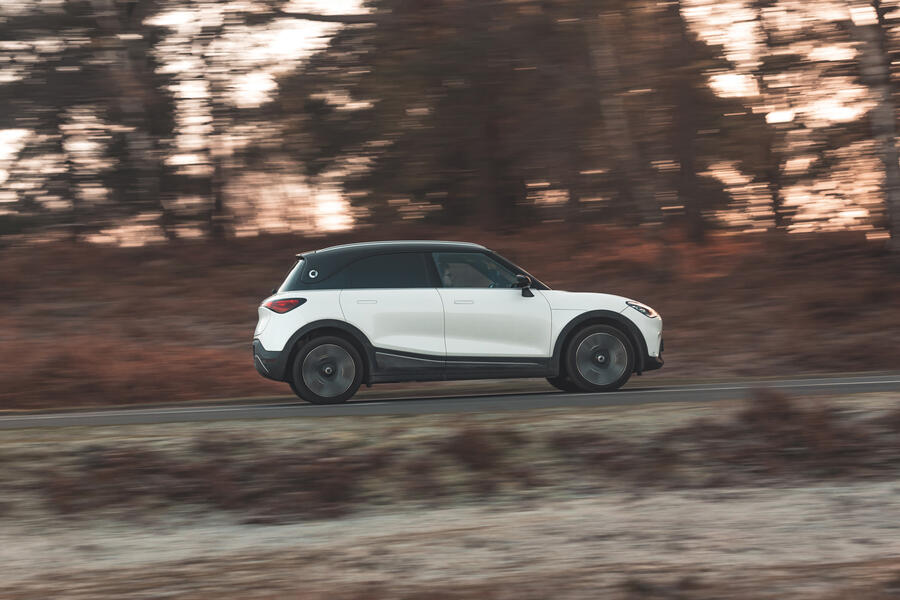
When the #1 arrived on our shores last summer, Smart Europe CEO Dirk Adelmann hailed it as "the nucleus of all things to come". Without wanting to lose any momentum, and before the #1 had even made it onto UK roads, Smart quickly revealed the #3.
Basically a stretched #1 in a similar vein to how the Volkswagen ID 4 grows on the ID 3, this SUV cemented Smart's new, reinvented look - and, more importantly, challenged how as a brand it would be perceived by the public: no longer a maker of quirky two-seaters.


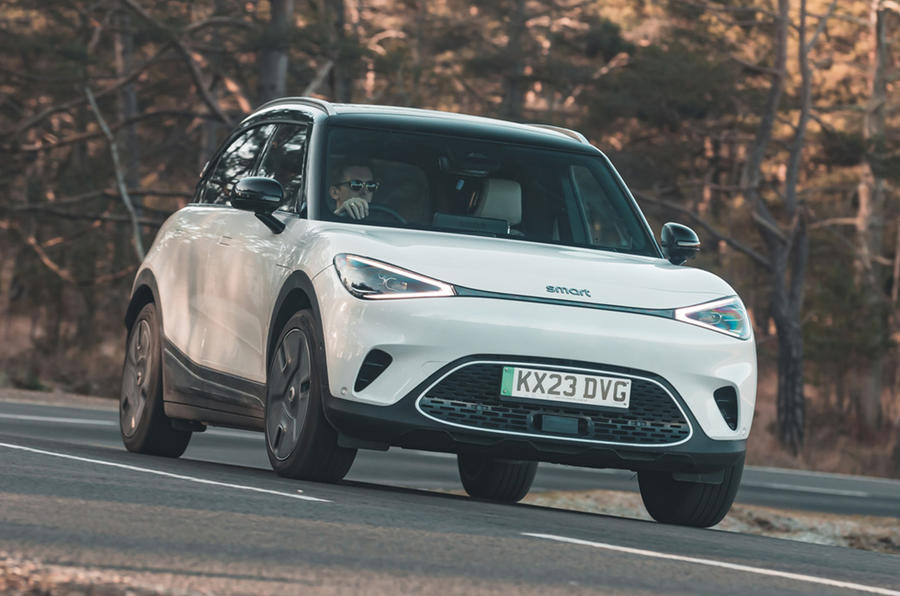
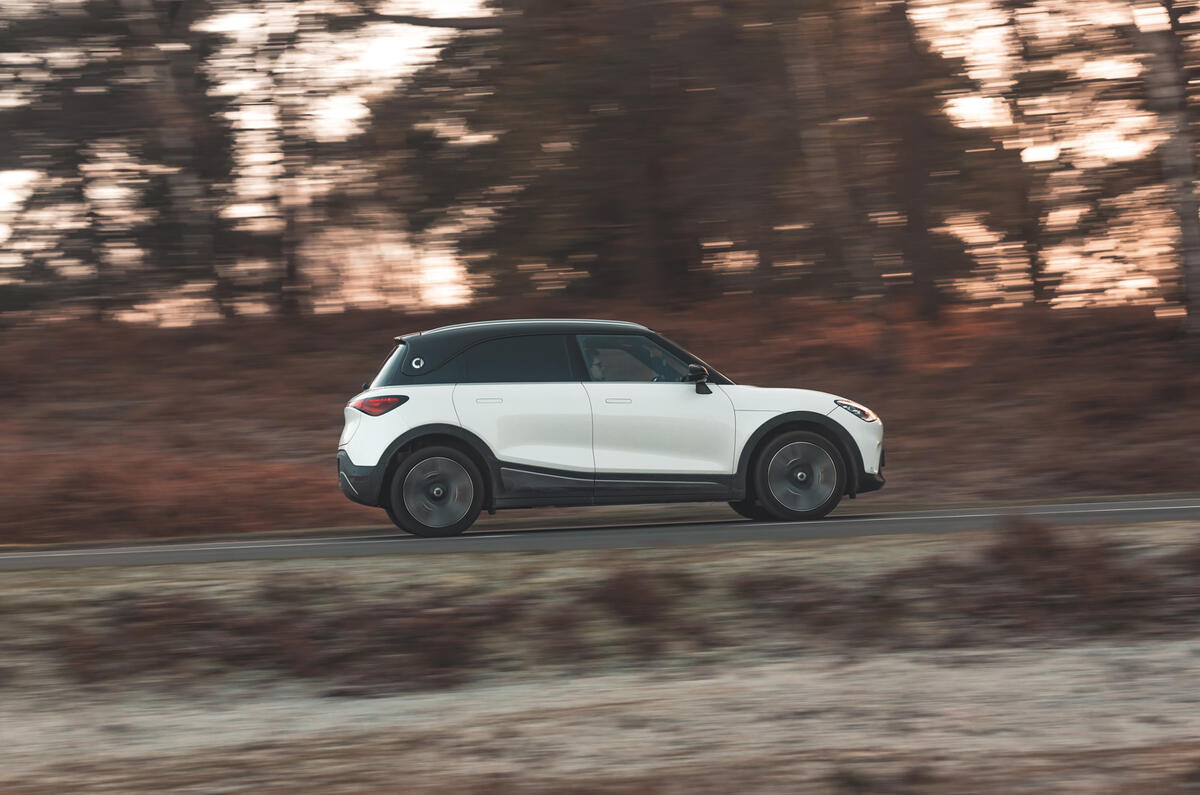
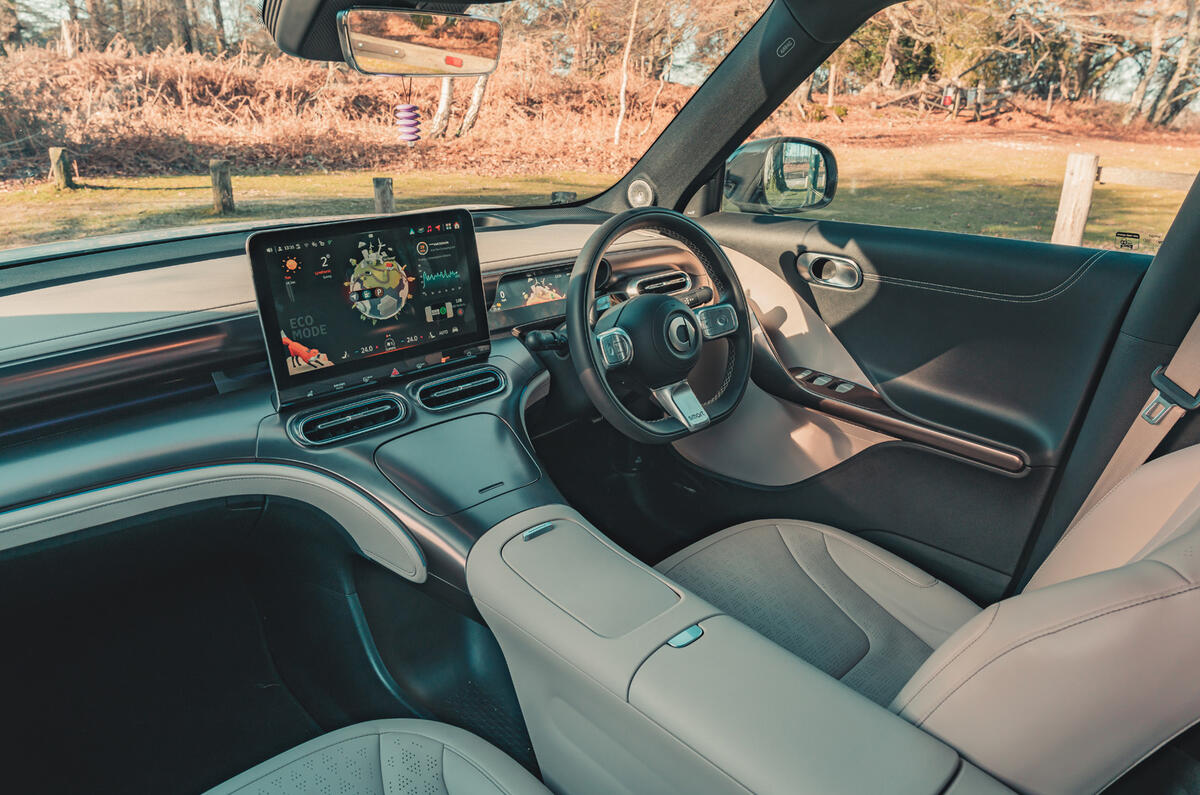
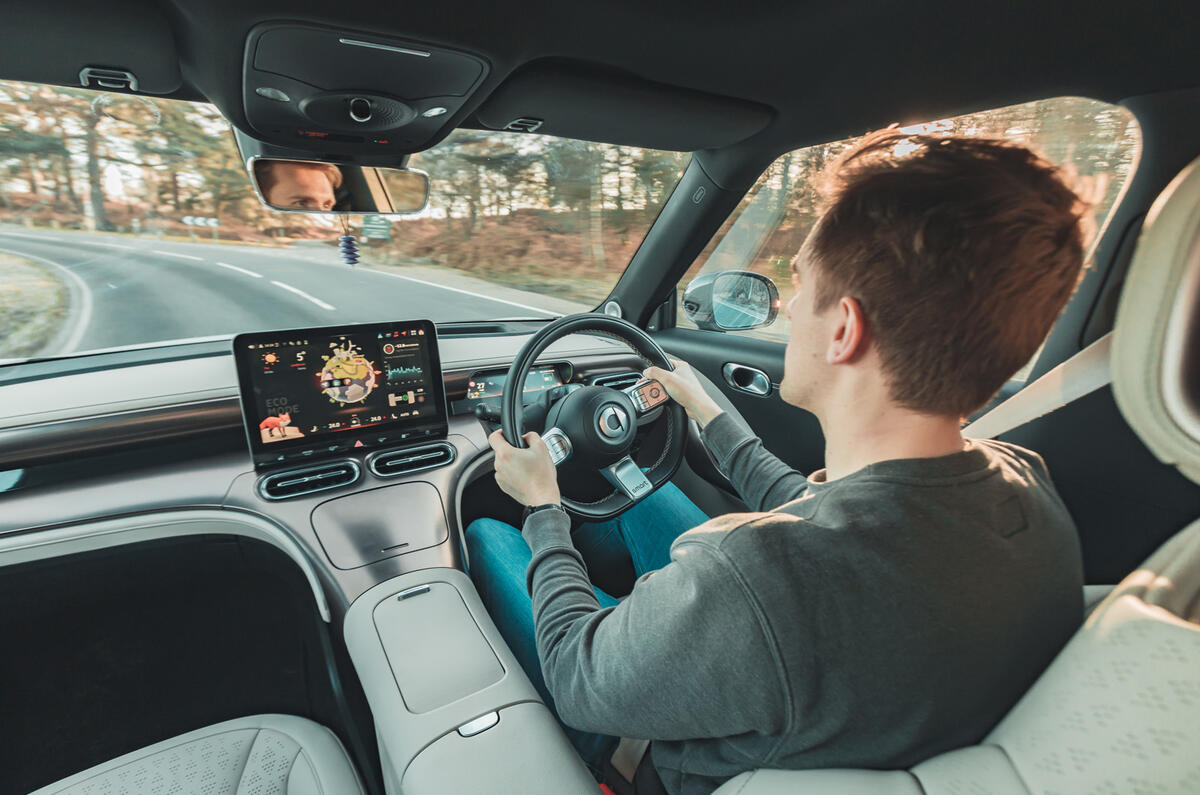
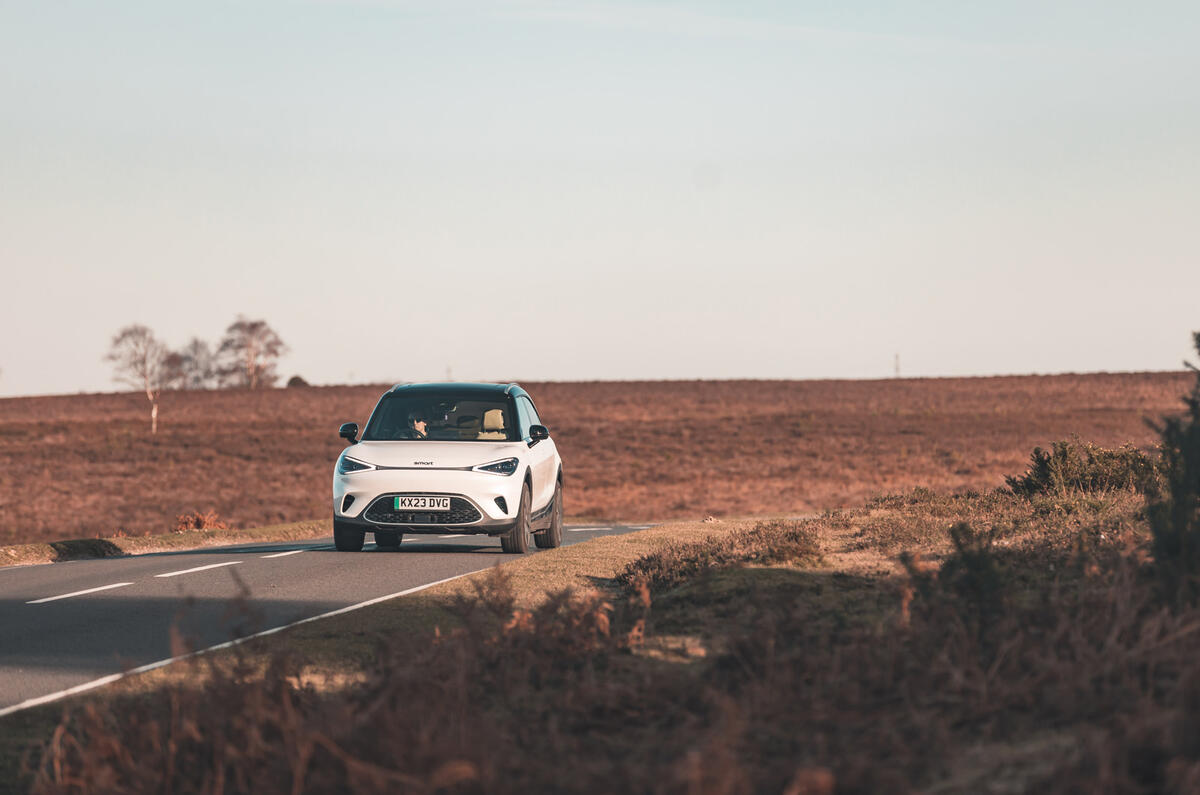
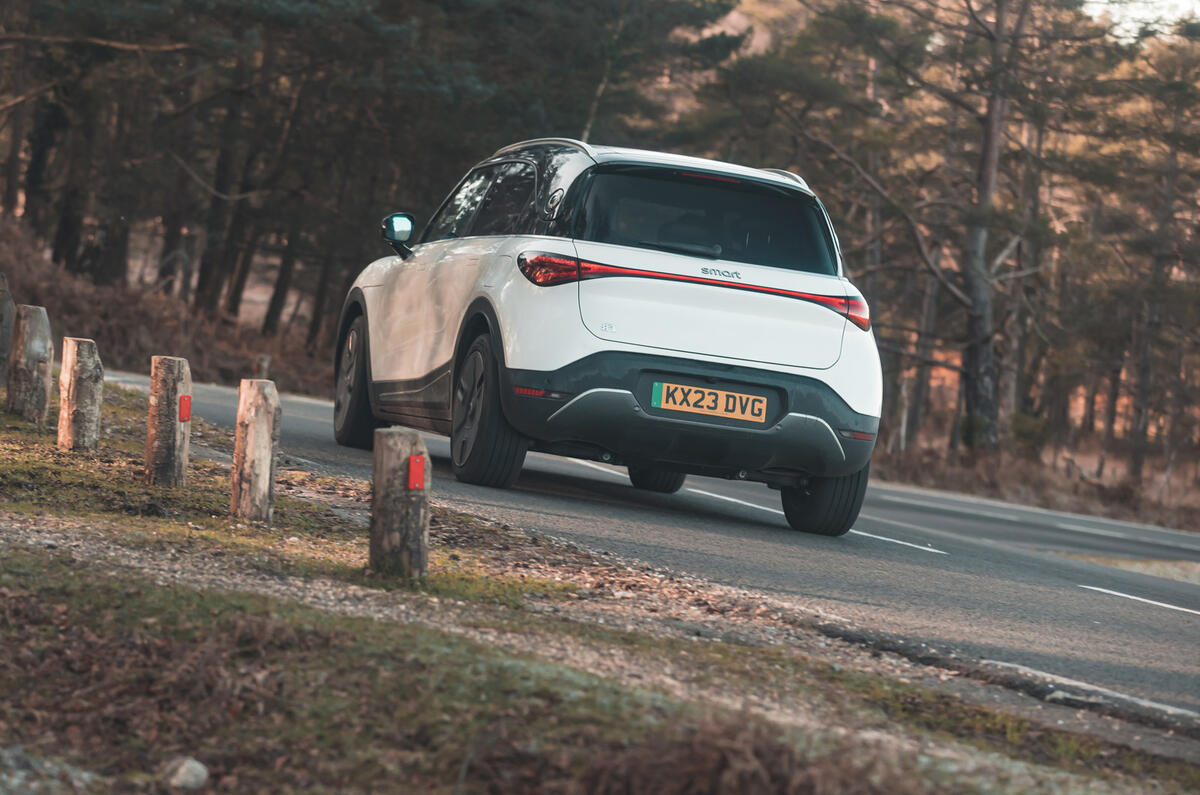
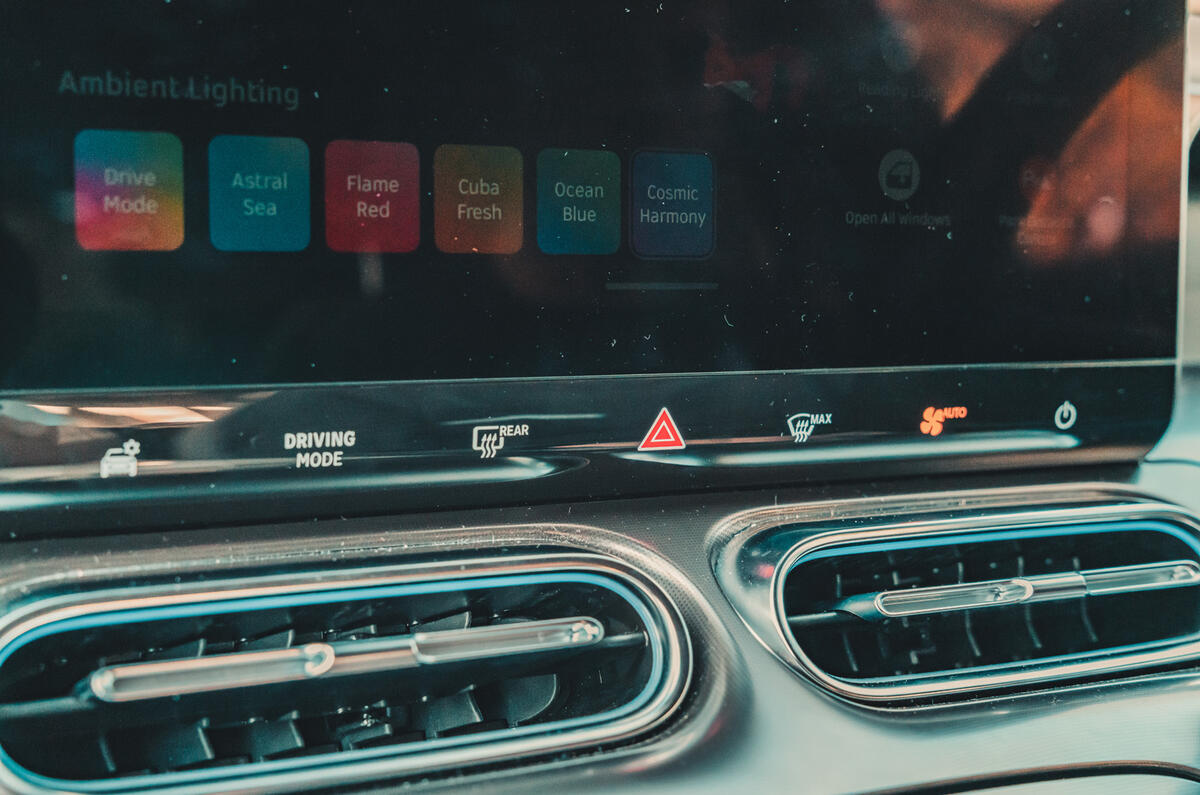
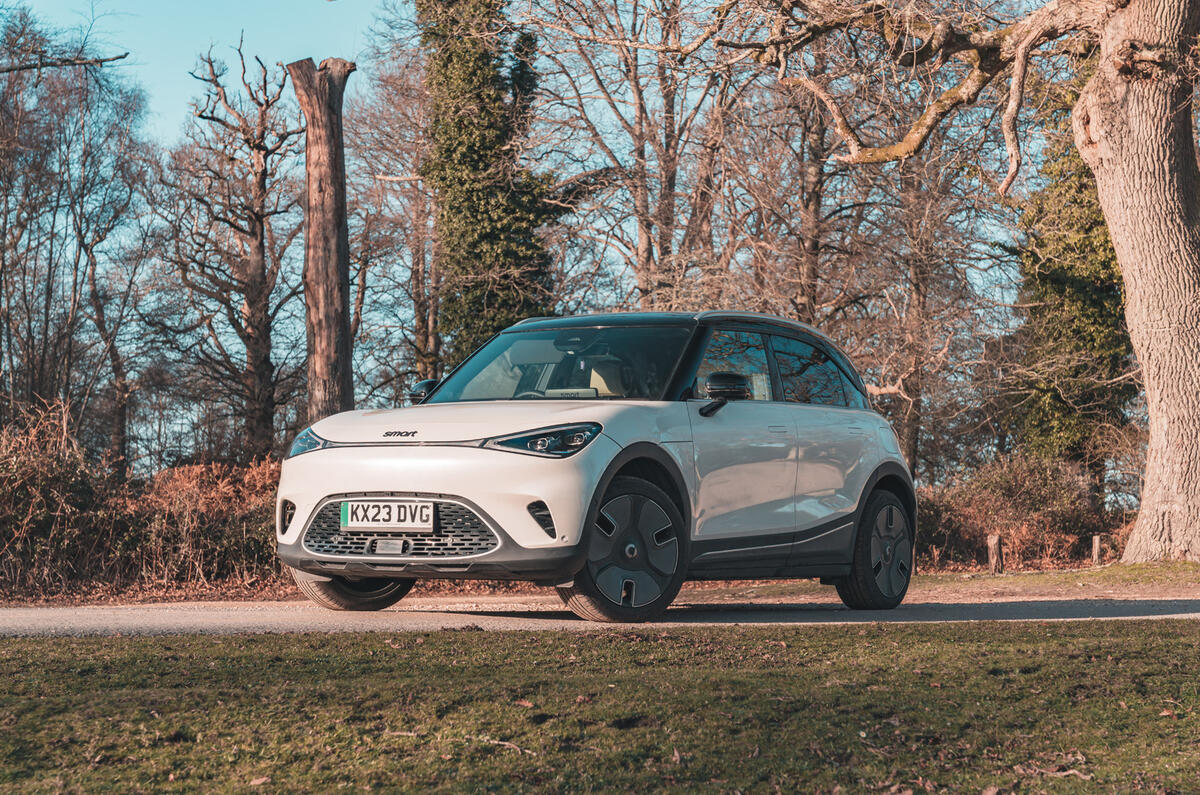
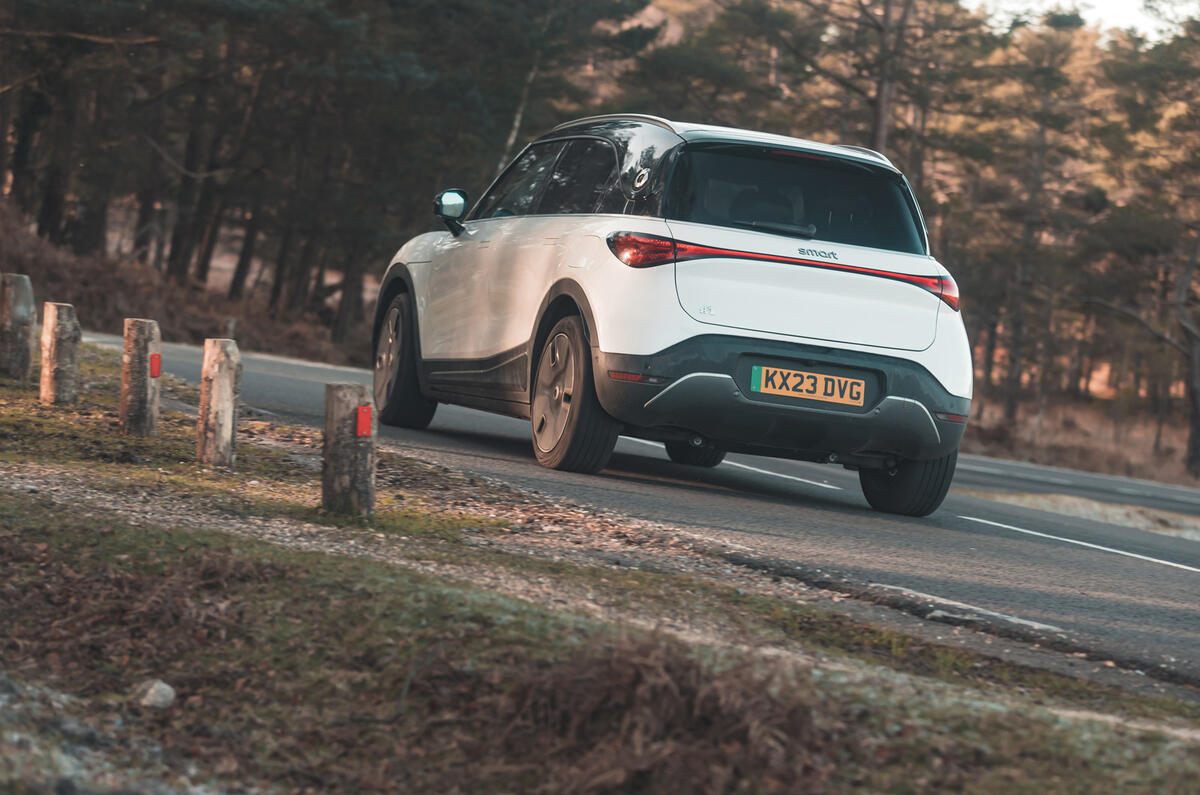

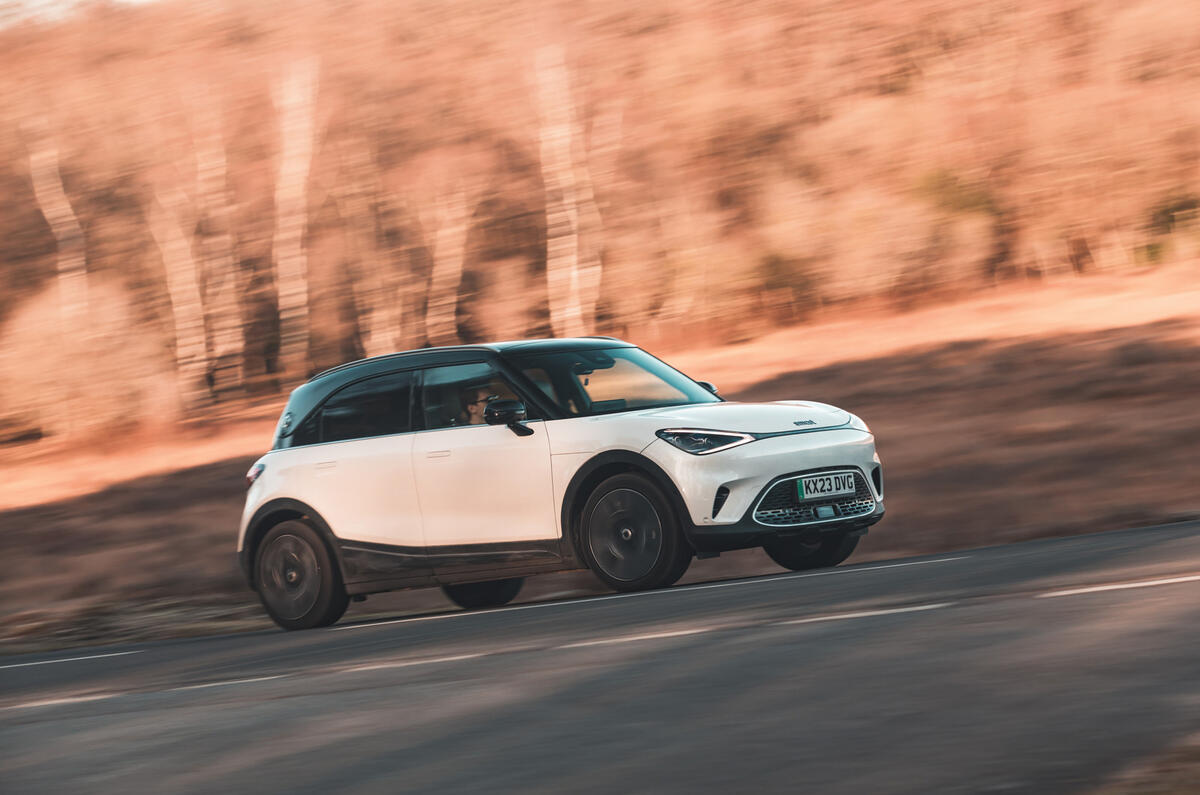

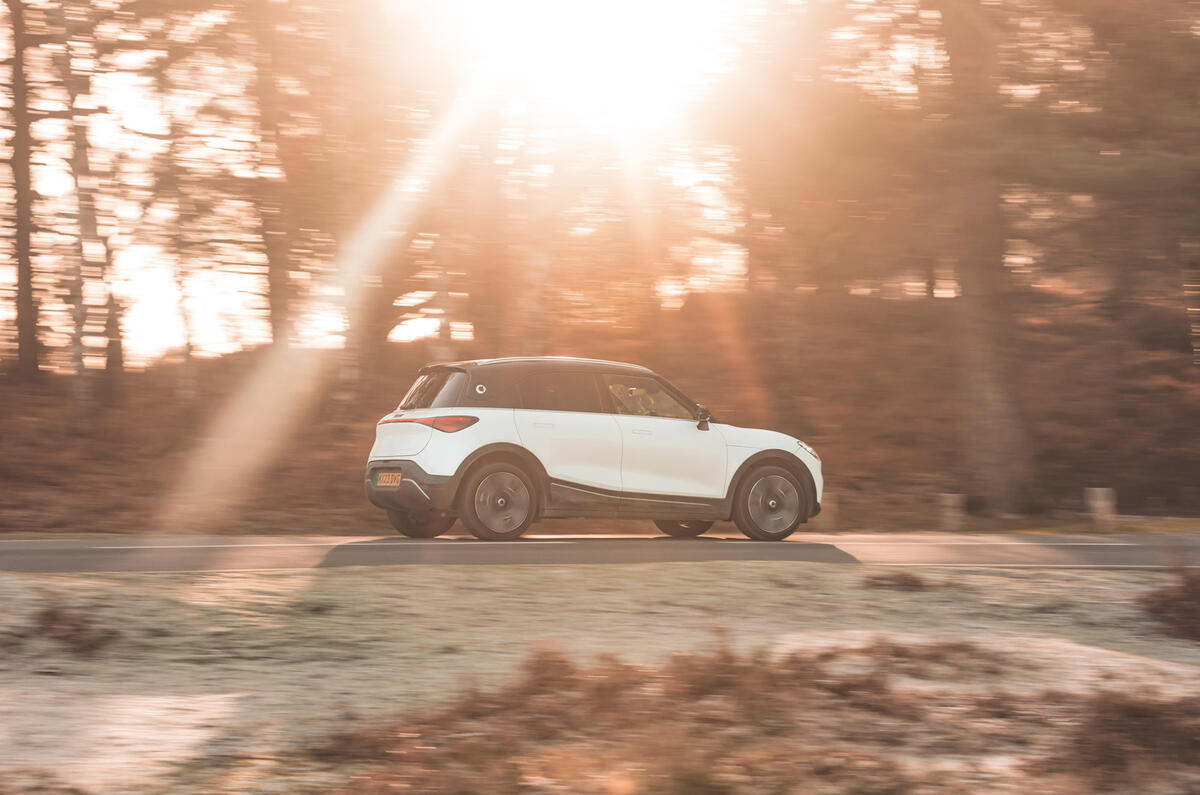
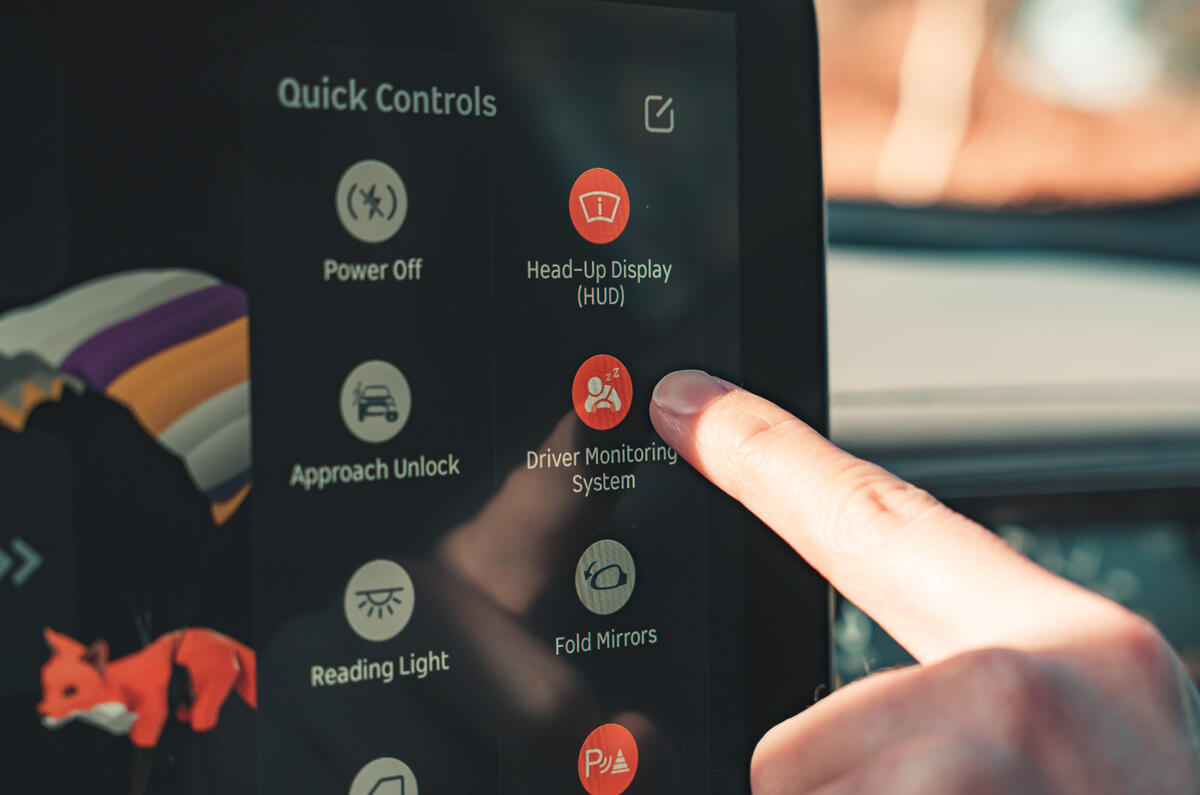
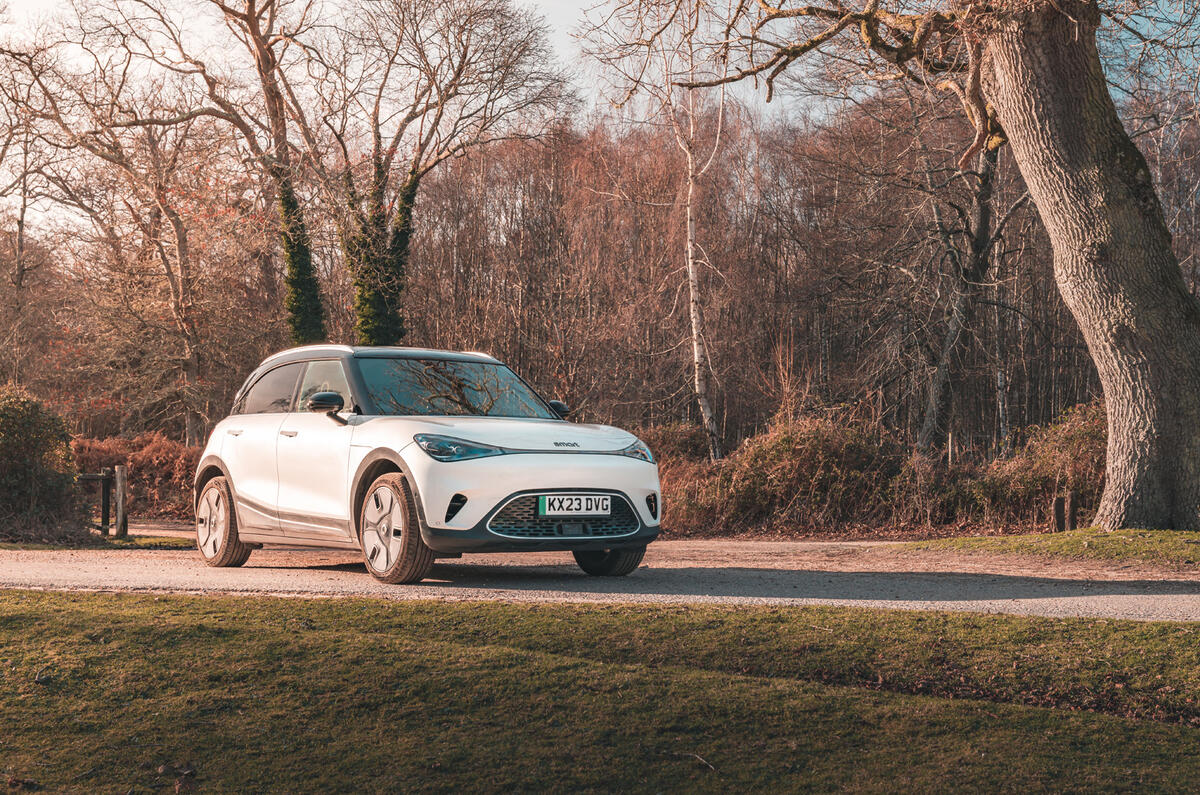
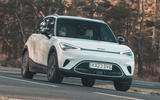















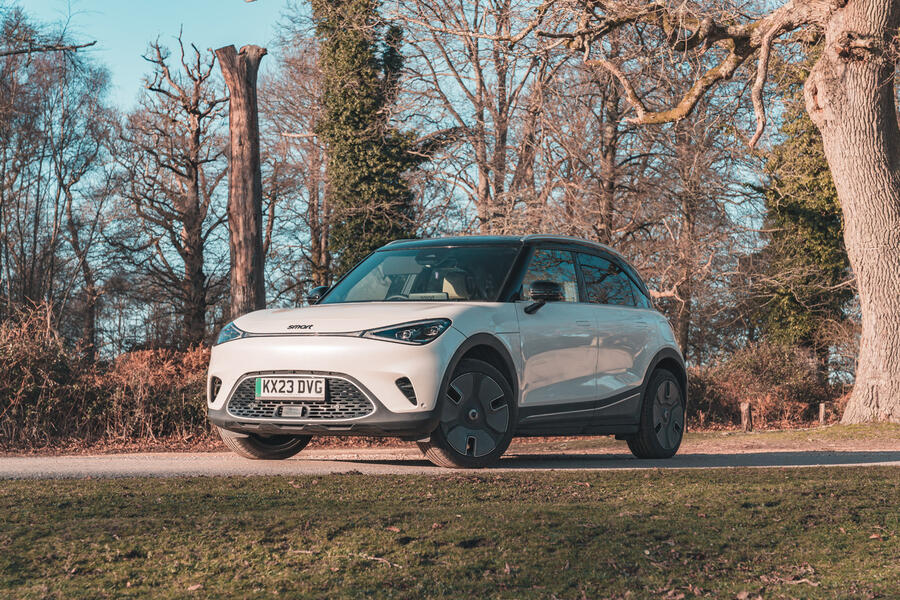

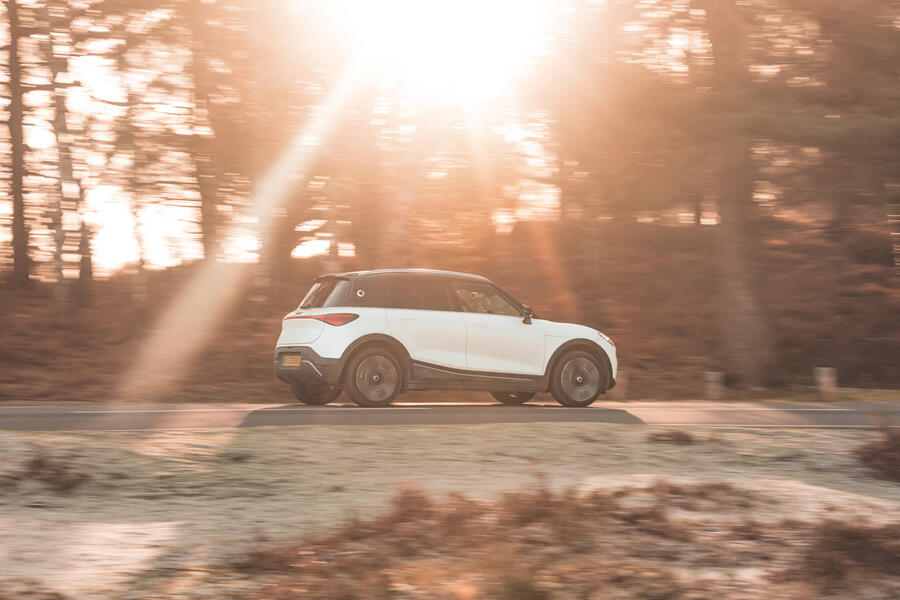





Join the debate
Add your comment
With reference to your complaint about the wing mirrors, have you not found profiles? I am 5ft9 and my wife is 5ft4. Setting our profiles means that we can set the seat position, wing mirror position and HUD position so suit each of us. So when either of us gets in the car we just select our profile and adjust the rear view mirror. And if we drove the car last we just press the brake pedal to restore our profile. It couldn't be more simple.
Surely this needs a new brand name. Smart has established its reputation selling cheap and cheerful, quirky two-seaters that the transition to a five seat relatively expensive EV will not be easy. And right now there is a potential large market for any maker that can offer a small affordable electric car, which maybe is where Smart should be focused.
One of the big advantages of an electric vehicle for me would be a nice open, flat floored front compartment, giving a welcome feel of spaciousness. Why have Smart filled it with such a big, ugly plastic barrier?